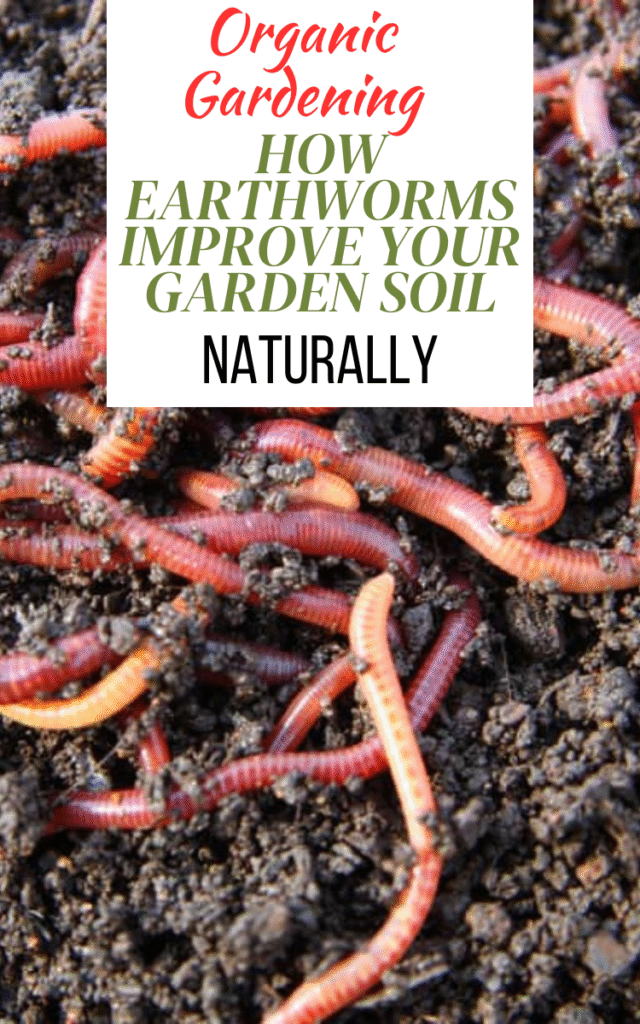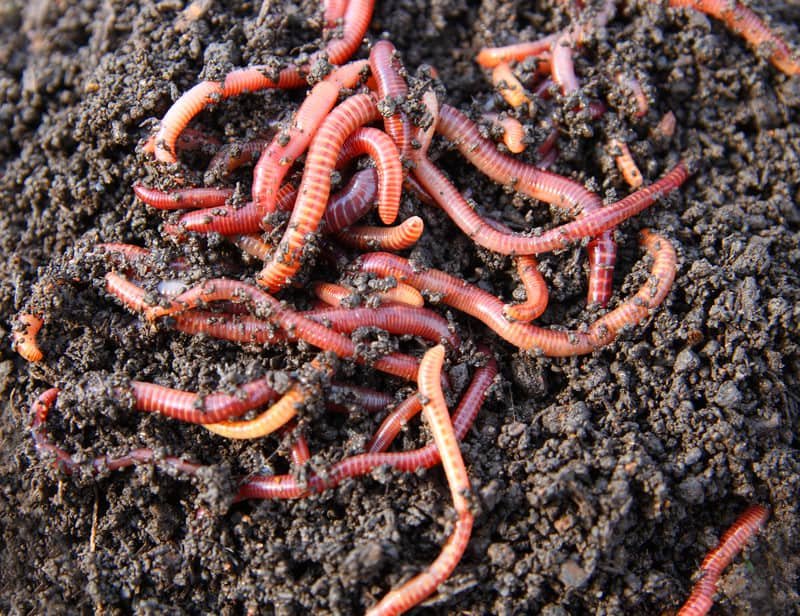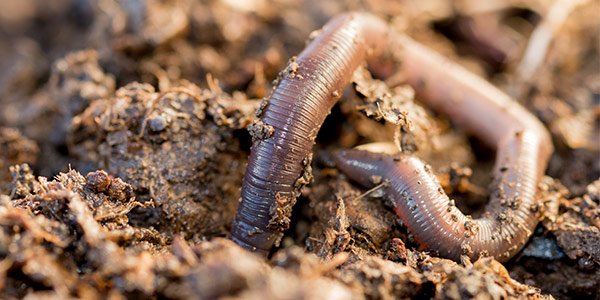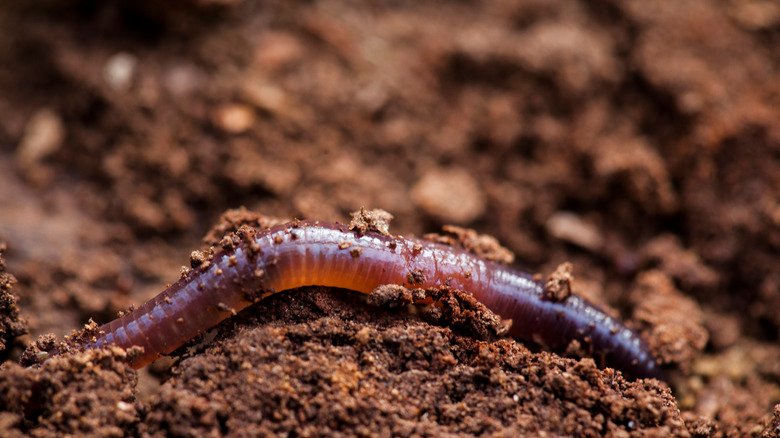
I’ve always believed that healthy soil is the heart of any thriving garden. When I first started gardening, I thought success depended mostly on fertilizers and watering schedules. But over time, I realized that some of my best harvests came from spots where I never added much—just nature doing its thing. And when I looked closer, I saw the reason wriggling right under my hands: earthworms.
These tiny soil dwellers may seem insignificant, but they quietly transform lifeless dirt into rich, fertile soil. They loosen compacted ground, recycle nutrients, and even help plants grow stronger. In short, if you have worms, you have good soil. Let’s dig into how these natural tillers work their magic beneath our feet.
The Secret Life of Earthworms
Before appreciating what worms do, it helps to know a bit about who they are. There are three main types of earthworms that call our gardens home:
- Epigeic worms live near the surface, in compost piles and leaf litter. They’re your topsoil recyclers, always breaking down organic matter.
- Endogeic worms stay deeper, burrowing horizontally and mixing soil layers.
- Anecic worms create deep vertical burrows, connecting the surface with the subsoil, and pulling organic material underground.
Each type plays a unique role. Together, they form a balanced underground workforce that aerates, mixes, and enriches the soil naturally.
I find it fascinating how earthworms live. They constantly eat and tunnel through the soil, consuming decaying leaves, roots, and microorganisms. As they move, they leave behind an intricate network of tunnels—tiny highways that air, water, and roots can easily travel through. It’s simple but brilliant engineering, all done without machinery or noise.

The Science Behind How Earthworms Improve Soil
A. Soil Aeration
One of the first things worms do is loosen compacted soil. Their constant burrowing introduces air pockets, which improve oxygen flow to plant roots. This natural aeration also helps beneficial microbes thrive. If you’ve ever struggled with clay soil, worms are your best allies—they’ll do the hard digging for you over time.
B. Better Water Movement
Those same tunnels that allow air to circulate also help water move efficiently. Rainwater seeps through more evenly instead of running off the surface. At the same time, worm-rich soil holds moisture better, keeping plants hydrated longer. It’s a balanced cycle that keeps both roots and soil life healthy.
C. Breaking Down Organic Matter
Worms are nature’s recyclers. They consume dead plant material and organic debris, breaking it down into smaller, more useful pieces. Their digestive system works like a mini-composting machine, transforming waste into a fine, nutrient-rich material.
D. Nutrient Cycling and Castings
The result of all that eating? Worm castings—the tiny, dark pellets you might see on the soil surface. These castings are packed with nitrogen, phosphorus, potassium, and a cocktail of beneficial microbes. Unlike synthetic fertilizers, worm castings release nutrients slowly, providing long-term nourishment for plants. Plus, they improve soil texture, making it softer, richer, and easier to work with.
The Microbial Connection: Earthworms and Soil Life
Worms don’t work alone. As they move through the soil, they spread bacteria, fungi, and other beneficial microorganisms. This boosts the microbial life that’s vital for nutrient cycling and plant health. In healthy worm-rich soil, you’ll find a thriving underground ecosystem—all cooperating to keep your plants strong and disease-resistant.
When I started adding compost to my beds regularly, I noticed a surge in worm activity and an improvement in how the soil smelled and felt—earthy, moist, and alive. That’s a sure sign of a balanced, microbe-rich environment.

How to Attract and Keep Earthworms in Your Garden
If you don’t see many worms in your garden, you can invite them in by creating the right conditions.
A. Make the Soil Welcoming
Worms love moist, loose soil. Try to avoid over-tilling, which destroys their tunnels and homes. Keep your garden covered with mulch or compost—it provides food, regulates temperature, and prevents the soil from drying out.
B. Avoid Chemicals
Synthetic fertilizers and pesticides can harm worms or drive them away. Stick to organic methods whenever possible—compost tea, animal manure, and natural pest control solutions are safer options that actually encourage worm activity.
C. Feed the Soil
The more organic matter you add, the happier your worms will be. Kitchen scraps, shredded leaves, grass clippings, and aged compost all make excellent worm food. Think of it as feeding the soil so the soil can feed your plants.
Vermicomposting: Taking Worm Benefits to the Next Level
If you’d like to see earthworms in action up close, vermicomposting is a rewarding project. It’s the process of using worms (typically red wigglers) to compost kitchen waste into nutrient-rich fertilizer.
Setting up a bin is easy—you’ll need a container with small air holes, a bedding material like shredded paper or coconut coir, and a handful of starter worms. Feed them vegetable peels, coffee grounds, and small bits of fruit waste, and within a few weeks, you’ll have dark, crumbly compost that plants absolutely love.
The beauty of vermicomposting is that it not only reduces household waste but also gives you a free, powerful soil conditioner that’s gentle on plants and rich in life.
Signs Your Garden Has a Healthy Earthworm Population
So how can you tell if your soil is worm-approved? Look for these signs:
- You see worms when you dig or turn the soil.
- Small worm castings appear on the surface.
- The soil is dark, crumbly, and easy to work with.
If you rarely find worms, it might mean your soil is too dry, acidic, or compacted. Start improving it with organic matter and mulch—you’ll be amazed at how quickly the worms return once the environment feels right.

Common Myths About Earthworms
There are a few misconceptions worth clearing up:
- “Worms eat plant roots.” Not true. Worms only eat decaying material and microorganisms, not living roots.
- “All worms are good.” Unfortunately, some invasive species like the Asian jumping worm can harm soil ecosystems. Stick to native or locally adapted species.
- “You need to buy worms for your garden.” In most cases, you don’t. Improve your soil health naturally, and worms will come on their own.
Wrap Up
Earthworms are the silent heroes of every thriving garden. They work tirelessly beneath the surface, turning dead matter into life, and compacted ground into soft, fertile soil. The more I learn about them, the more I realize that healthy soil is not something we create—it’s something we nurture.
By protecting and feeding the worms, we’re really feeding the entire garden. So next time you see one wriggling in your soil, don’t brush it aside. That little creature is working hard to keep your plants happy and your garden flourishing—naturally.

